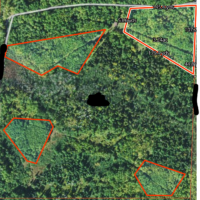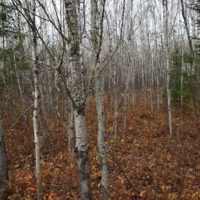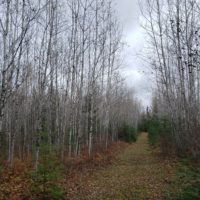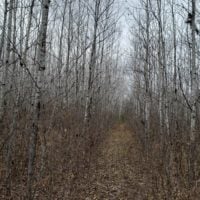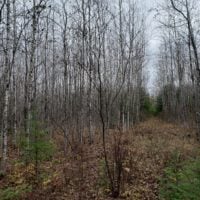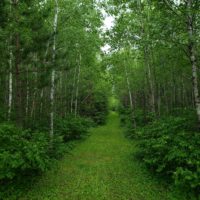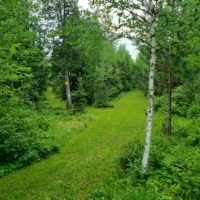There are several excellent publications about managing properties for rough grouse habitat.
You are correct one of the keys is diversity in age of timber. You’re also correct that it appears your land was clear-cut at one time because all the trees are the same age. This can produce good numbers for a while but eventually the timberwolf be too uniform in age to provide the things the grouse need.
For some reason the site will no longer let me post links. You’ll have to Google grouse habitat management and there is a good publication from the Minnesota DNR available.
I’ve seen another publication from the Michigan DNR that is also very thorough. You should be able to search and find it.
In my opinion the best time to manage timber is early winter. Before the snow gets too deep but late enough that all the leaves are off and it’s easy to see and walk in the forest.
If you don’t already have it, invest in a good high quality chainsaw that is lightweight. Lots of power is meaningless if the saw is too heavy to work with all day. Also invest in a good sharpening device. Make life a lot easier for yourself by keeping a sharp chain on the saw. Generally this involves changing chains 1 to 2 times a day.
